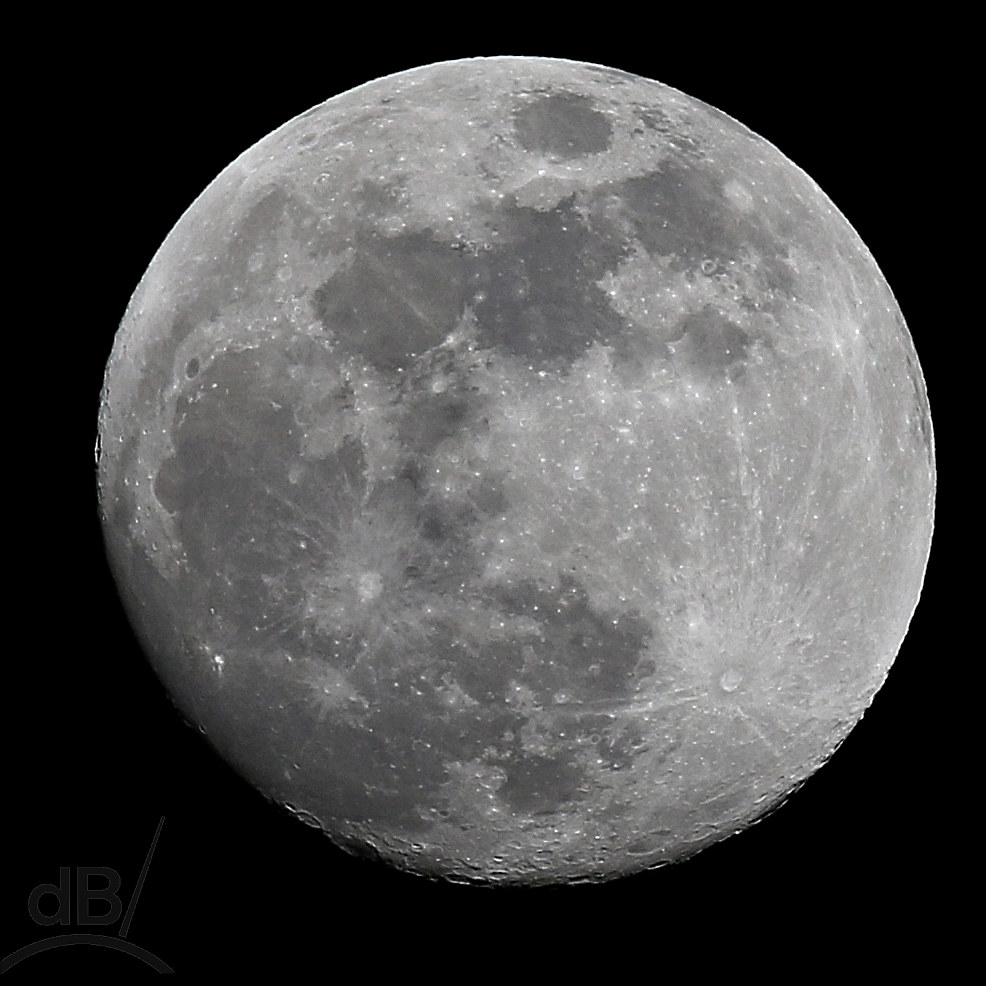Conventional astronomical wisdom (as cribbed from Wikipedia) suggests that the Moon formed from the debris left behind when an object the size of Mars collided with the Earth about 4.5 billion years ago in the Hadean aeon, just a few dozen million years after the solar system itself first coalesced. This is the known as giant-impact hypothesis, the Big Splash, or the Theia Impact.

A new theory suggests that this may not be quite right. Instead, it seems there is evidence to suggest that the Moon actually formed within a spinning cloud of vaporized Earth following a collision, this spinning object is known as a synestia which would have been in orbit around the early Earth.
Sarah Stewart of the University of California Davis, USA points out that, “The Moon is chemically almost the same as the Earth, but with some differences.” It is those differences that have led to various hypotheses about the Moon’s formation. Now, Stewart and her colleagues have developed a new picture that meshes more closely with the differences in composition of the Moon and the Earth.
More here.